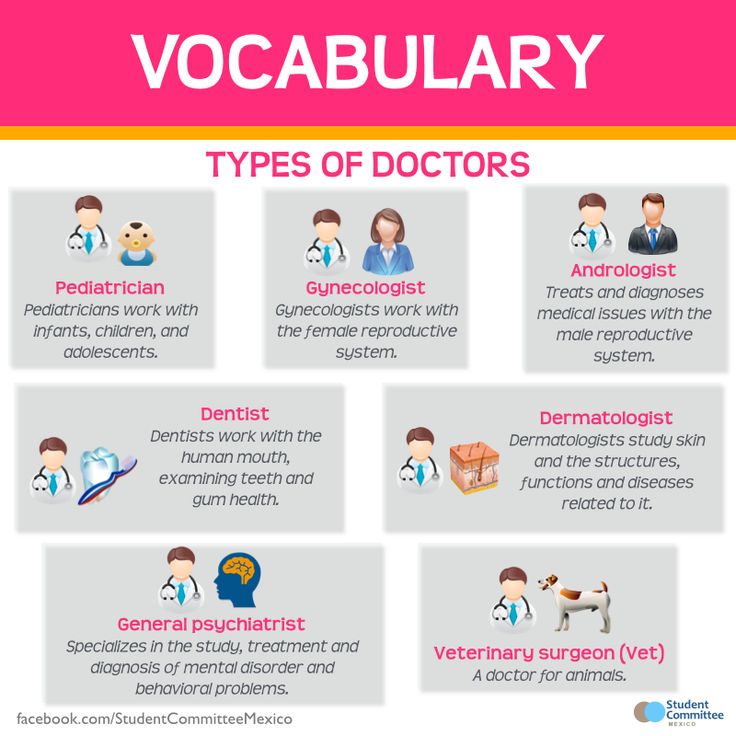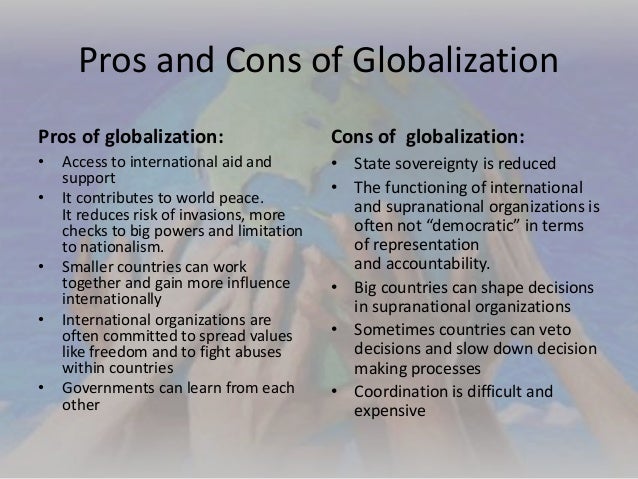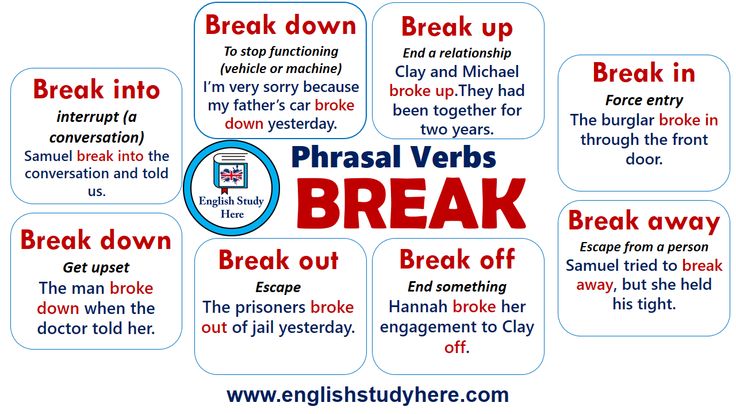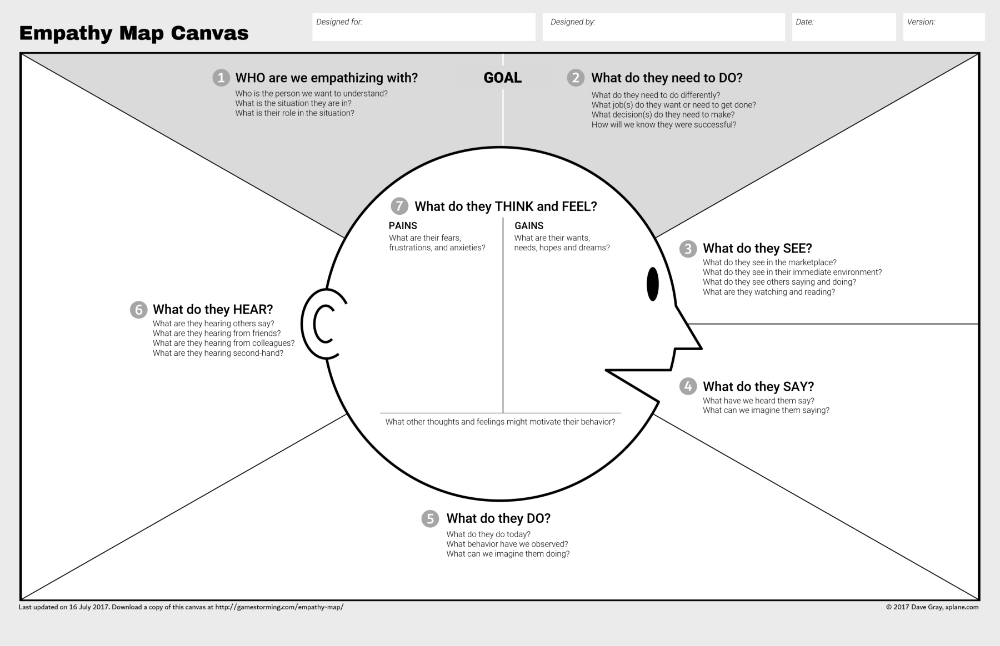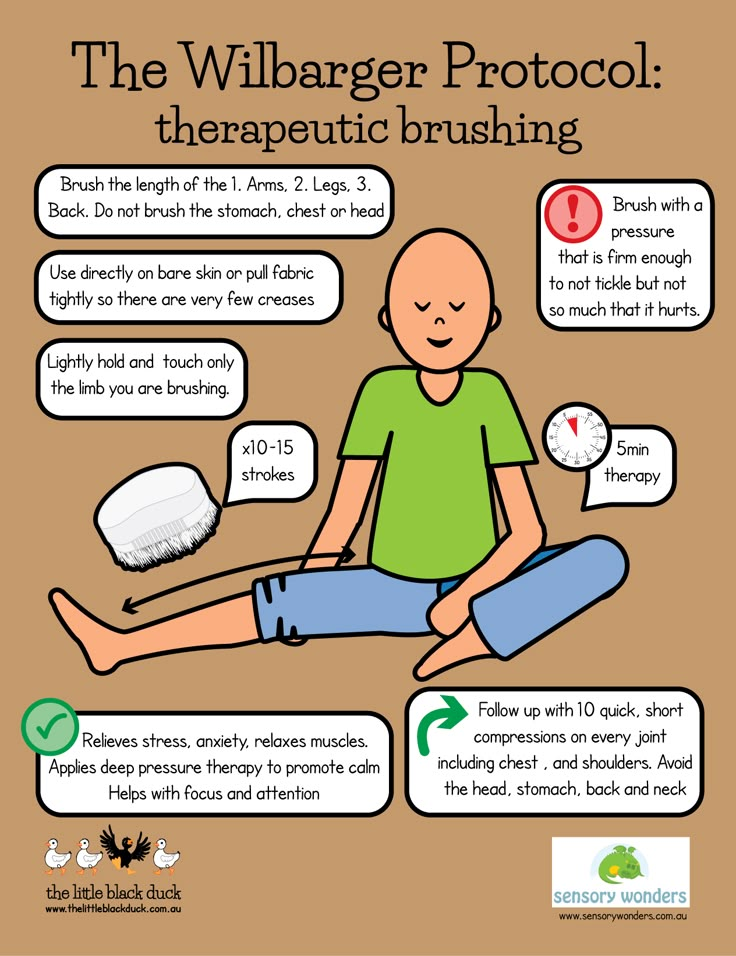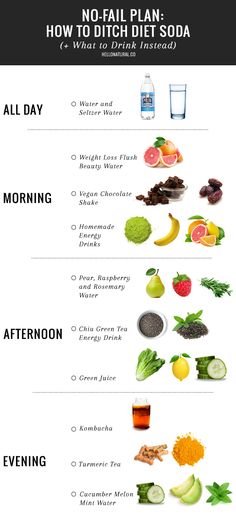Children mental disorders list
Common Mental Health Diagnosis in Children | Children Mental Health Disorders
ADHD, Attention Deficit Hyperactivity Disorder
ADHD is one of the most common brain disorders in children and can continue into adulthood. When children and youth suffer from ADHD they have problems paying attention, staying focused on certain tasks and they may struggle with controlling their energy level and behavior. Some children with ADHD are also hyperactive and may have trouble being patient and sitting still.
Additional symptoms or behaviors may include being easily distracted, problems with organization, failure to complete household tasks or turn in school work; trouble listening; making careless mistakes, forgetting things often, get easily bored and frustrated and talking a lot and interrupting.
For these problems to be diagnosed as ADHD, they must be out of the normal range for a person’s age and development. For example it is typical for children to be hyperactive or over-stimulated or fidgety sometimes but with kids with ADHD these behaviors are more severe and happen all of the time.
For more information about ADHD visit:
C.H.A.D.D. Children and Adults with Attention-Deficit/Hyperactivity Disorder at: www.chadd.org
Anxiety Disorders
Anxiety disorders is a term for a variety of mental health problems that may cause children to be fearful, distressed, excessively worried and uneasy. All kids experience some level of anxiety while growing up and fears such as fear of the dark, monsters, or speaking in front of their classmates can be typical as long as they are not long-lasting, extreme or cause your child to feel very upset or have trouble functioning on a regular basis.
Children and youth with anxiety disorders may also feel irritable, restless, nervous and may even suffer from panic attacks where they may experience shortness of breath, a rapid heart rate, and sweaty hands. Physical complaints are also often common in anxiety disorders and your child may complain of headaches, stomach pain, or other physical issues. Children with anxiety disorders often feel helpless or powerless and sometimes have overwhelming concerns that everything is going wrong and that everyday things will turn out badly. They may have trouble sleeping and may try to avoid going to school wither because they are worried something bad will happen there or that something bad may happen to family members in their absence. There are several specific types of anxiety disorders, including:
Children with anxiety disorders often feel helpless or powerless and sometimes have overwhelming concerns that everything is going wrong and that everyday things will turn out badly. They may have trouble sleeping and may try to avoid going to school wither because they are worried something bad will happen there or that something bad may happen to family members in their absence. There are several specific types of anxiety disorders, including:
Generalized Anxiety Disorder: Children with General Anxiety Disorder may worry a lot about everyday things such as family issues, how well they will do on tasks or activities, grades, friendships and they may have trouble controlling their anxiety. Children with Generalized Anxiety Disorder often want everything to be perfect and are very critical of themselves and their performance. They will seek constant approval or reassurance from others.
They may also isolate themselves form others, have frequent absences from school, and refuse to join in group learning or social activities.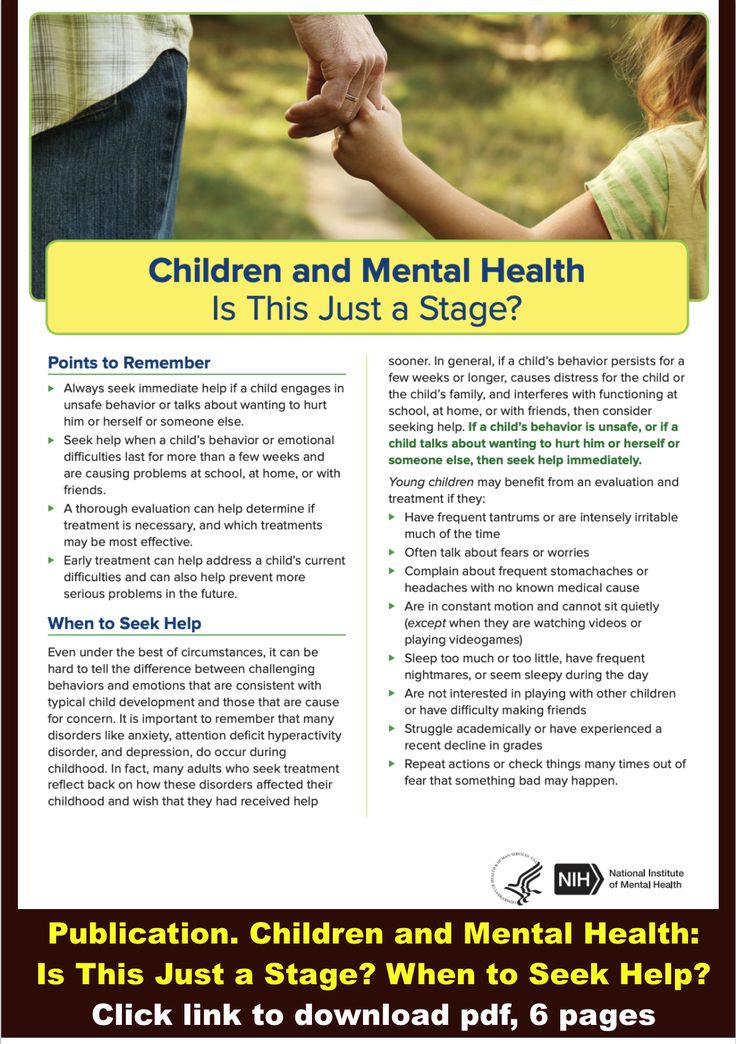 They can become be easily frustrated and often have a fear of new activities so they have difficulty joining in or getting started. Their constant preoccupation with ‘worries’ may make paying attention difficult and fear of being wrong, embarrassed, or having to interact may make lead them to isolate themselves, avoid activities and sometimes even school.
They can become be easily frustrated and often have a fear of new activities so they have difficulty joining in or getting started. Their constant preoccupation with ‘worries’ may make paying attention difficult and fear of being wrong, embarrassed, or having to interact may make lead them to isolate themselves, avoid activities and sometimes even school.
Obsessive Compulsive Disorder (OCD) is an anxiety disorder in which children have unwanted and repeated thoughts, feelings, ideas, sensations (often called obsessions) that make them feel like they have to perform little rituals (compulsions) in order to control their thoughts and feelings. Rituals might include checking and rechecking their book bag or door clock, counting and re-counting or re-arranging objects or repeating the same phrase.
Children with OCD may touch the same thing over and over, check and re-check things constantly or have the same thought over and over. When this happens they may not feel in control of their actions.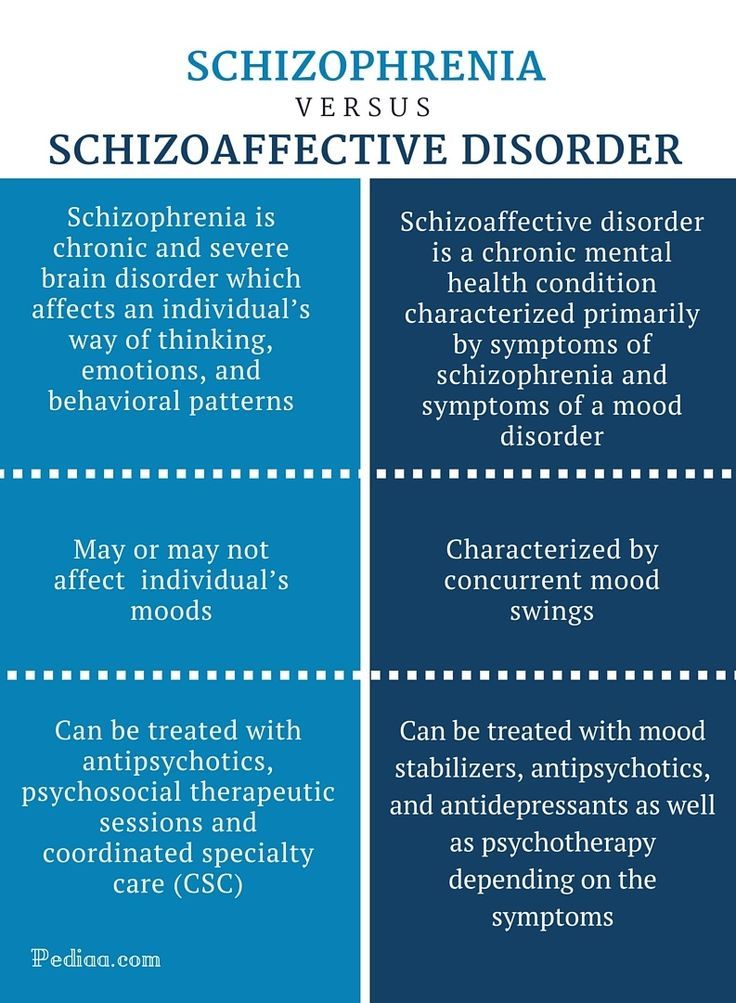 Sometimes compulsive activities may become so time consuming that child has little time to concentrate on other things, they may avoid friends, family or school fearing that others will recognize their odd behaviors or try to stop them. Children with OCD may also be obsessed with perfection, have problems with concentration and even feel anxious or depressed, They may also have difficulty communicating their needs and letting people know what is going on and how they feel.
Sometimes compulsive activities may become so time consuming that child has little time to concentrate on other things, they may avoid friends, family or school fearing that others will recognize their odd behaviors or try to stop them. Children with OCD may also be obsessed with perfection, have problems with concentration and even feel anxious or depressed, They may also have difficulty communicating their needs and letting people know what is going on and how they feel.
Panic Disorder: Panic disorder may be diagnosed if your child experiences at least two unexpected panic or anxiety attacks followed by at least one month of concern that they may have another one. Panic attacks are events that come on very suddenly and for no apparent reason.
Phobic Disorders: Can be diagnosed when a child has an unrealistic and overwhelming fear of a specific object or situation.
Specific Phobias: A specific phobia is an intense, irrational fear of a specific object, such as a dog, or a situation, such as flying or being picked for a team.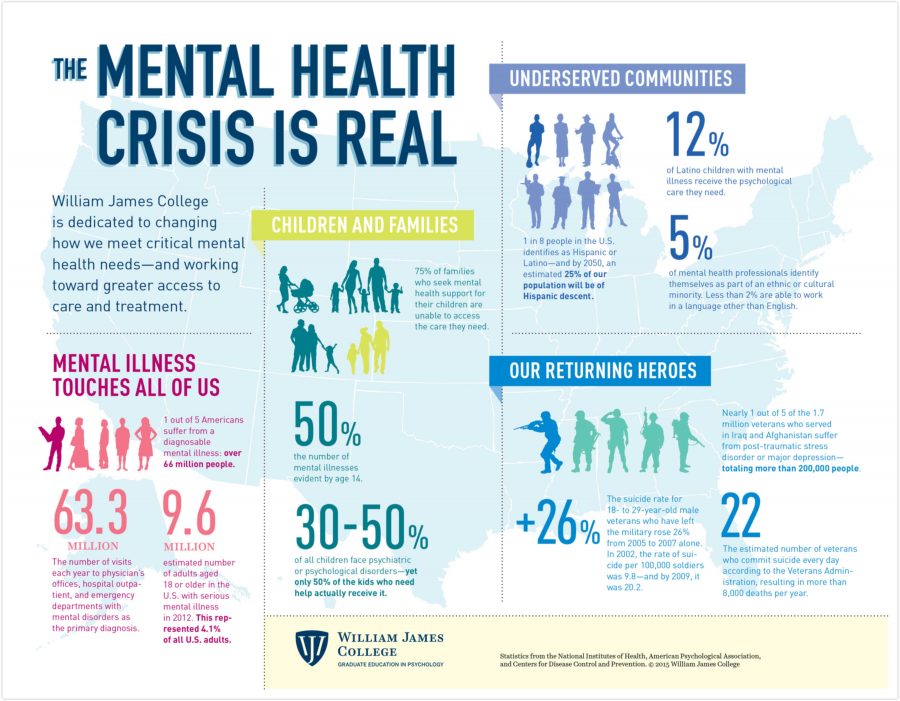 Common childhood phobias include animals, storms, medical procedures, heights, water, blood, and the dark.
Common childhood phobias include animals, storms, medical procedures, heights, water, blood, and the dark.
Children will usually try to avoid situations or things that they fear; when they cannot they will feel overwhelming anxious and as a result may develop headaches or stomachaches, cry, be very clingy and may even throw a tantrum. Children usually cannot even recognize that their fear is irrational.
Posttraumatic Stress Disorder (PTSD): is the development of symptoms that occur following a traumatic or terrifying event or experience. Children with posttraumatic stress disorder, or PTSD have intense fear and anxiety, after experiencing or witnessing the traumatic or life-threatening event and may feel fearful and anxious as well as ‘emotionally numb’, and irritable. They may often try to avoid places, people, or activities that remind them and lead them of the event
Other symptoms or behaviors may include flashbacks or emotional stress from reminders of the event, difficulty concentrating, being easily startled or hyper-vigilant (on-guard all the time), having frequent nightmares and even the denial of the event itself or the inability to remember it.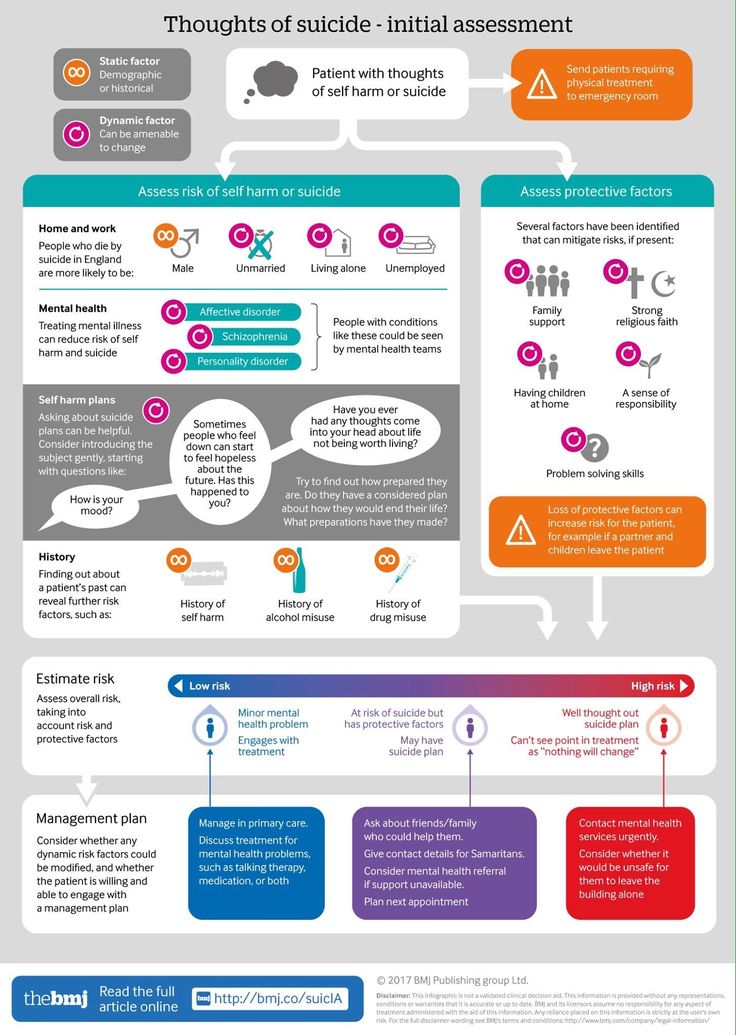 Children may also seem start to act less mature, and may become whiny and clingy. Symptoms may come and go for no reason and moods change drastically and without warning, which may make it difficult, to know how to help.
Children may also seem start to act less mature, and may become whiny and clingy. Symptoms may come and go for no reason and moods change drastically and without warning, which may make it difficult, to know how to help.
It is important to remember that not every child who hears about or experiences a traumatic event will develop PTSD. It is typical for children and youth to be sad and or nervous after traumatic events, but most children will recover from these feelings in a short time. Children most at risk for developing symptoms of PTSD are those who directly witnessed a traumatic event, or who suffered directly as a result of it for example lose a family member during a fire or tornado, children and youth with existing mental health problems and kids who do not have a strong support network or people to help and comfort them. Violence at home also increases a child’s risk of developing PTSD after a traumatic event.
Separation Anxiety Disorder
When a child suffers from separation anxiety they experience excessive anxiety when they are away from home or their parents.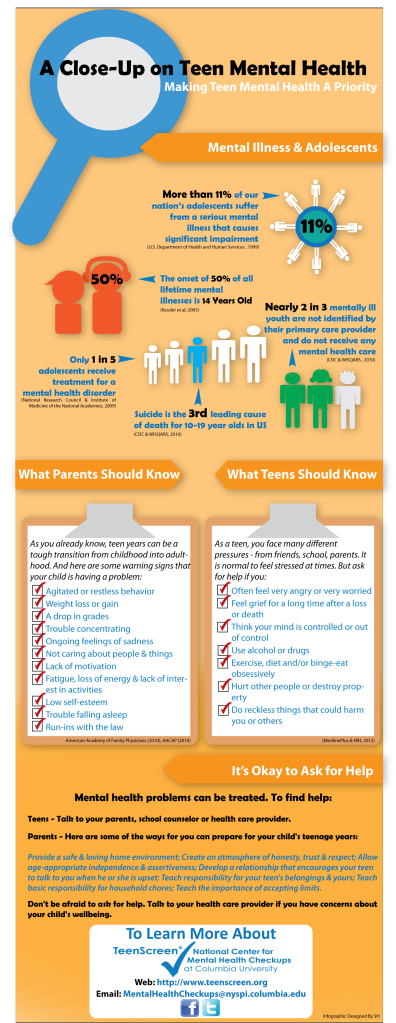 They may also have extreme homesickness and refuse to go to school, camp and sleepovers and may demand that someone stay with them at night Children with separation anxiety commonly worry about bad things happening to their parents or caregivers while they are away.
They may also have extreme homesickness and refuse to go to school, camp and sleepovers and may demand that someone stay with them at night Children with separation anxiety commonly worry about bad things happening to their parents or caregivers while they are away.
It is important to remember many are toddlers it is typical for them to anxious when their parent leaves. And it is often common for them to cry when they are left with a babysitter or at day care but they usually settle down and feel better shortly after they get involved in an activity
Social Anxiety Disorder: Social anxiety disorder, or social phobia, occurs when children and youth have an intense, overwhelming fear of social and performance situations and activities such as being called on in class or starting a conversation If left untreated, social anxiety disorder can make it very difficult for your child to make friends, be involved in social activities and be successful in school.
Children and youth with social phobia may be afraid to do common things in front of others and have an overwhelmingly strong fear of being judged or getting embarrassed.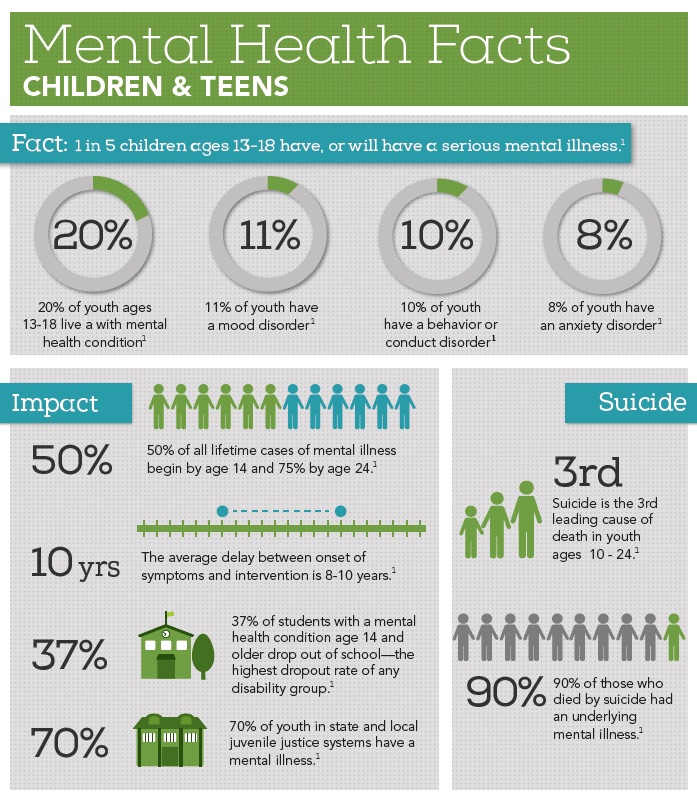 This fear can be so strong that it gets in the way of doing everyday things like going to school or playing a game with friends.
This fear can be so strong that it gets in the way of doing everyday things like going to school or playing a game with friends.
Selective Mutism: that it interferes with interacting with others and making friends may suffer from selective mutism. These same children can be very talkative and display normal behaviors in places where they feel comfortable. Children suffering from selective mutism may also stand motionless and expressionless, turn their heads, chew or twirl hair, avoid eye contact, or withdraw into a corner to avoid talking.
For more information about anxiety disorders visit:
Anxiety & Depression Association of America, ADAA at: www.adaa.org
Bi-polar Disorder:
Bipolar disorder, also known as manic-depressive illness, is a serious brain disorder that causes unusual shifts in mood, energy, and activity. Young people with bi-polar disorder experience mood swings that can be extreme and may suffer from periods of extreme lows, or depression, and extreme highs also called mania, when the young person may feel very happy and be more active and talkative than usual. Young people experiencing mania may require little sleep, talk non-stop and show unusually impaired judgment.
Young people experiencing mania may require little sleep, talk non-stop and show unusually impaired judgment.
A young person with bi-polar disorder may also experience irritability, racing thoughts, explosive rages, delusions, hallucinations; escalated risk taking, inappropriate sexual behavior, daredevil or dangerous behavior; grandiose beliefs; and be defiant or suspicious. Children and youth do not experience all of these symptoms and most kids have periods where their symptoms are worse than others. Sometimes bi-polar disorder can be especially severe and some young people with bipolar disorder try to hurt themselves or attempt suicide. In school, students with bi-polar disorder may need extra supports as fluctuating mood and energy levels may make it difficult to learn and interact with others.
Even though bi-polar disorder is a serious brain disorder, children and youth can mange their symptoms and be successful in their home, school and community with the appropriate treatment and supports.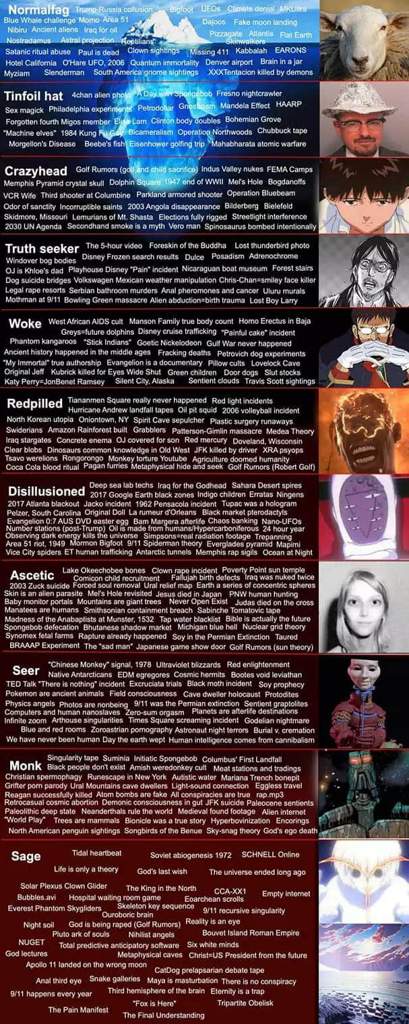
For more information about bi-polar disorder in children and youth visit:
The Balanced Mind Network at www.thebalancedmind.org
BP Children www.bpchildren.org
Conduct Disorder
Conduct Disorder Is one of the disruptive behavior disorders. Young people with conduct disorder may bully or threaten others, lie, steal, fight, destruct property, and have low self esteem masked by bravado, and show little empathy or remorse for others.
Young people with conduct disorder seem to like to engage in power struggles; often react badly to demands from those in authority and may challenge household or classroom rules, refuse to do tasks or assignments and argue with others. These behaviors can significantly impair academic success and social functioning at school, in the home and community.
Depression
Children and youth with depression experience unusually long lasting sad moods and may lose interest and enjoyment in activities that they used to enjoy.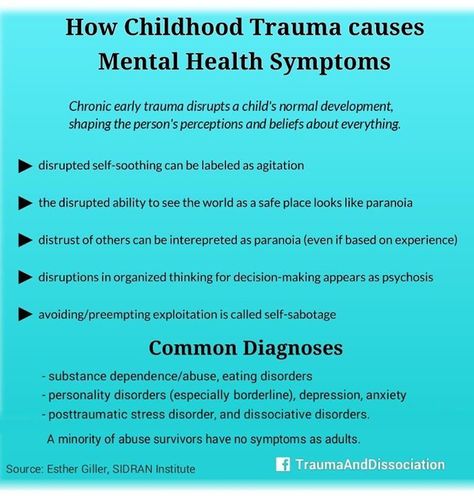 Children with depression may feel hopeless, worthless, tired, and may have difficulty concentrating and making decisions. They may isolate themselves from others and be reluctant to engage in activities; have difficulty concentrating, completing tasks or schoolwork; and be exceptionally quiet and disengaged.
Children with depression may feel hopeless, worthless, tired, and may have difficulty concentrating and making decisions. They may isolate themselves from others and be reluctant to engage in activities; have difficulty concentrating, completing tasks or schoolwork; and be exceptionally quiet and disengaged.
Signs and symptoms of depression in children may also include irritability or anger, increased sensitivity, changes in sleep or appetite and even outbursts or crying. They may also complain of physical ailments such as stomachaches and headaches. Physical complaints (such as stomachaches, headaches) that don’t respond to Children and youth that suffer from depression may even have thoughts of death or suicide.
It is important to remember that even though depression is a very serious illness, it is also a treatable one!
For more information about depression in children and youth visit:
The Balanced Mind Network at www.thebalancedmind.org
Oppositional Defiant Disorder ODD
ODD is also considered a disruptive behavior disorder and young people with ODD may experience sudden unprovoked anger, feel resentful or angry for seemingly no reason.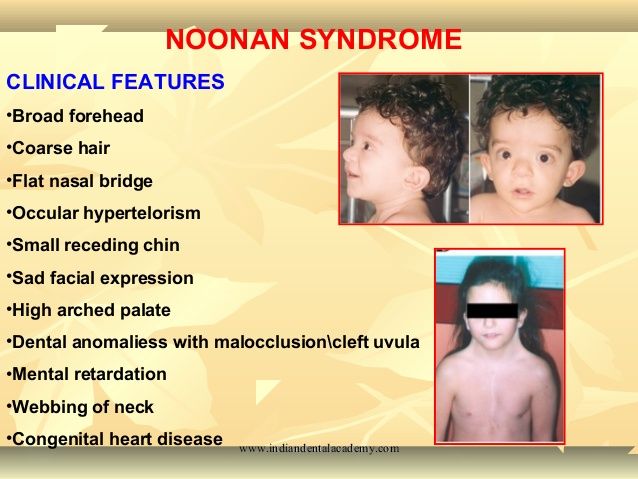 They may also blame others for their behavior, argue with adults, deliberately annoy and bother others, and display defiance or refuse to comply with requests. Constant arguing and challenging of household or classroom may isolate them from their peers or siblings and make it difficult to learn or develop positive relationships.
They may also blame others for their behavior, argue with adults, deliberately annoy and bother others, and display defiance or refuse to comply with requests. Constant arguing and challenging of household or classroom may isolate them from their peers or siblings and make it difficult to learn or develop positive relationships.
Eating Disorders
Eating Disorders are illnesses that result in serious disruption to a child or young person’s diet where they might eat extremely small or large amounts of food.
Young people with eating disorders are often very demanding of themselves and suffer from low self esteem, depressed mood swings, all or nothing thinking, fatigue, impaired concentration and irritability, among other symptoms. There are several specific types of eating disorders including:
Anorexia Nervosa: Anorexia nervosa is an eating disorder that causes children and youth to obsess about their weight and the food they eat.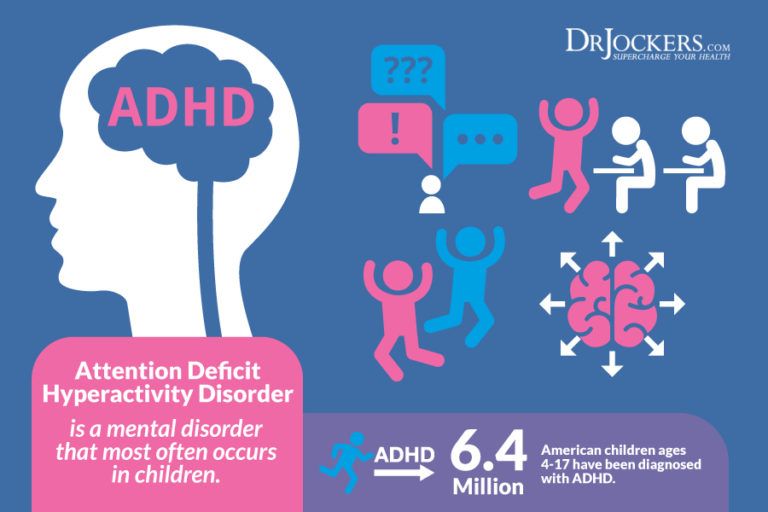 Young people with anorexia will try to maintain a weight that is way below normal for their age and height by starving themselves and/or exercising excessively. Anorexia nervosa can have devastating and long-lasting effects on the body. Although it may seem like it, anorexia isn’t always about weight or even food. Focusing on body image and food intake are often done to exercise control over one’s life or to cope with emotional problems. Young people with anorexia nervosa often believe that their self worth is based on how thin they are and get really frustrated with themselves when they cannot get as thin as they would like.
Young people with anorexia will try to maintain a weight that is way below normal for their age and height by starving themselves and/or exercising excessively. Anorexia nervosa can have devastating and long-lasting effects on the body. Although it may seem like it, anorexia isn’t always about weight or even food. Focusing on body image and food intake are often done to exercise control over one’s life or to cope with emotional problems. Young people with anorexia nervosa often believe that their self worth is based on how thin they are and get really frustrated with themselves when they cannot get as thin as they would like.
Anorexia nervosa can be difficult to overcome and very scary for a parent but with the right treatment and supports young people can recover and reverse some of anorexia’s serious complications.
Bulimia Nervosa: or bulimia is a serious, potentially life-threatening eating disorder. Youth with bulimia may secretly binge or eat large amounts of food and then ‘purge’ by throwing up or exercising excessively try to get rid of the extra calories.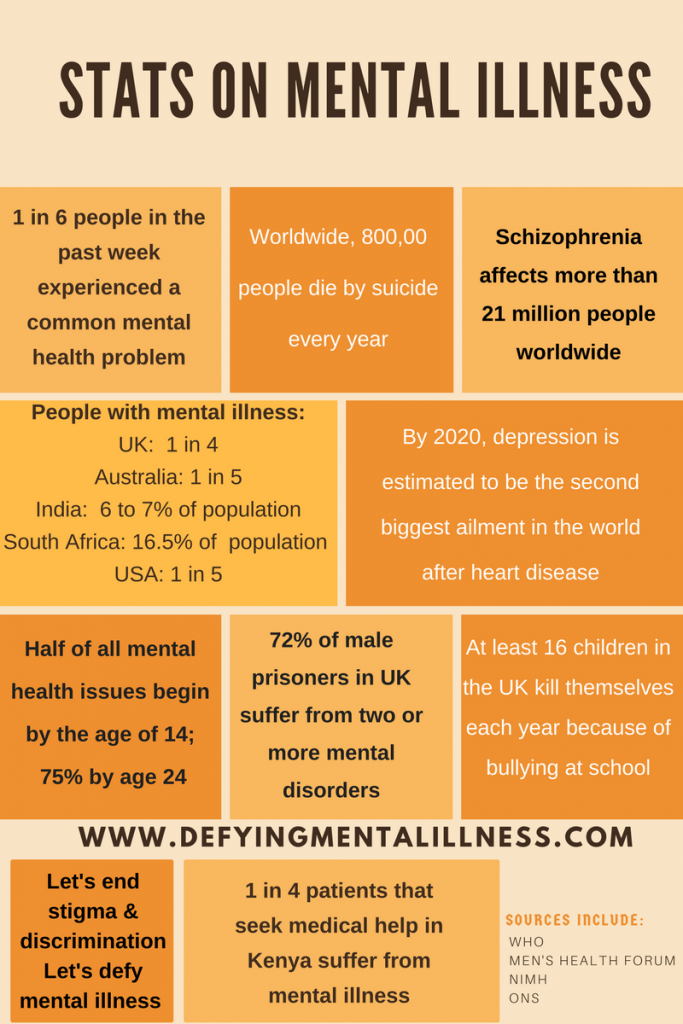 Bulimia can be categorized in two ways:
Bulimia can be categorized in two ways:
Eating Disorder NOS (not otherwise specified): when a child is struggling with eating disorder thoughts, feelings or behaviors, but does not have all the symptoms of anorexia or bulimia, that person may be diagnosed with eating disorder not otherwise specified (EDNOS) and may include
Psychosis
Psychosis is a serious brain illness. If your child is experiencing psychosis they may have a loss of contact with reality and may have difficulty distinguishing what is real and what is not. They may also suffer from delusions, or false beliefs about what is taking place around them or who they are, or hallucinations, which is seeing or hearing things that aren’t there. Psychosis can occur with a variety of mental health disorders including bi-polar disorder or schizophrenia and when a young person is intoxicated with a drug
Schizophrenia
Schizophrenia is a serious psychiatric illness that causes strange thinking and feelings, and unusual behavior and mannerisms. Symptoms that children and youth with Schizophrenia may experience include: extreme moodiness, odd and eccentric behavior and speech, seeing and hearing things that do not exist, and severe levels of anxiety. Children with Schizophrenia might also be inappropriately demanding, dishonest, manipulative or bossy; have poor relationships, very little impulse control, and may often be superficially charming and engaging or be very fearful, confused or suspicious thinking that everyone is out to get them.
Symptoms that children and youth with Schizophrenia may experience include: extreme moodiness, odd and eccentric behavior and speech, seeing and hearing things that do not exist, and severe levels of anxiety. Children with Schizophrenia might also be inappropriately demanding, dishonest, manipulative or bossy; have poor relationships, very little impulse control, and may often be superficially charming and engaging or be very fearful, confused or suspicious thinking that everyone is out to get them.
Although schizophrenia is a very serious mental illness treatment is available!
Substance Abuse
A young person is considered to suffer from a substance abuse disorder when they repeatedly use a substance that causes them to have difficulty fulfilling daily responsibilities at home or school, or puts themselves into dangerous situations that cause ongoing legal, social and interpersonal problems. Some young people use substances to self-medicate for existing untreated mental health disorders.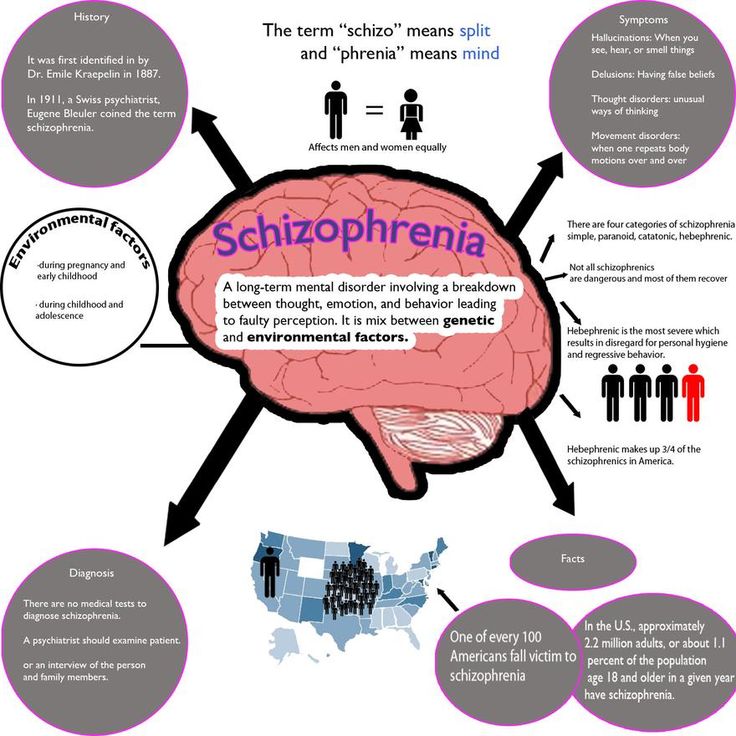
Tourettes Syndrome
Tourettes Syndrome is a neurological condition that causes children and teens and to make sounds and movements they can’t control and don’t want to make. These sounds and movements are called tics. Some common motor tics in children and youth include eye blinking, shoulder shrugging, head bobbing or jerking and neck stretching or they may be movements that look like hopping, twirling or jumping. Some common vocal tips include throat clearing, sniffing, shouting and grunting. In a small number of cases the words that are barked or grunted out are inappropriate and may include swear words.
Reactive Attachment Disorder
Reactive attachment disorder is a rare but serious condition in which an infant or young child doesn’t establish healthy attachments with parents or caregivers. Children with Reactive Detachment Disorder may be destructive to themselves or others, lack guilt or remorse, refuse to take responsibility for actions, blame others, and have extreme defiance and control issues.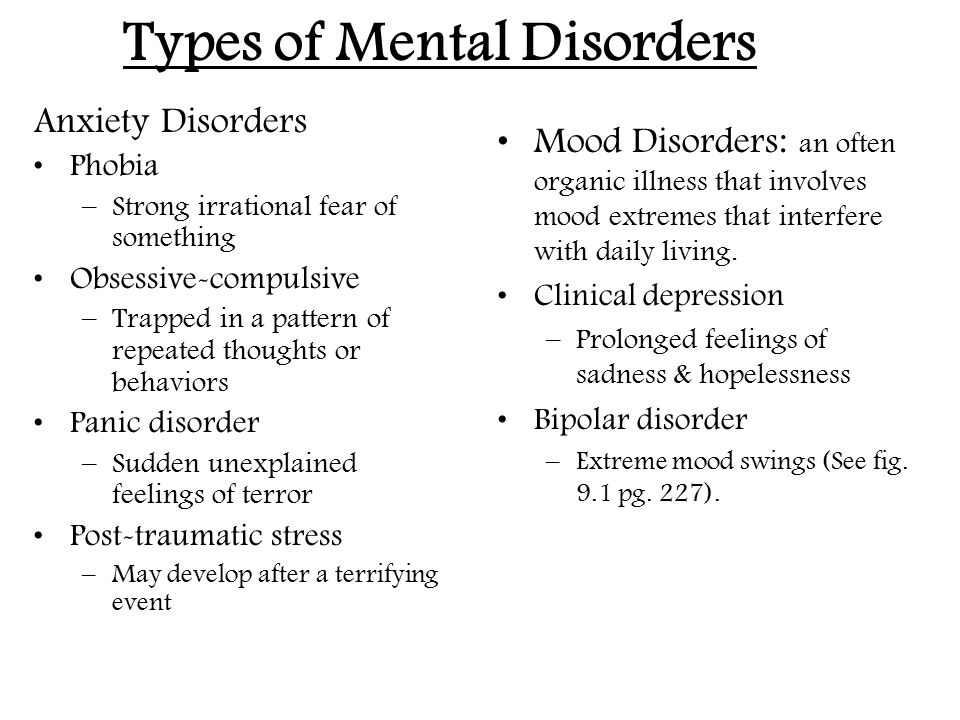 They often lack of cause and effect thinking, and may steal, make false accusations, be inappropriately demanding or clingy, have poor relationships, little impulse control, and may be dishonest, manipulative or bossy. They may also often be superficially charming and engaging.
They often lack of cause and effect thinking, and may steal, make false accusations, be inappropriately demanding or clingy, have poor relationships, little impulse control, and may be dishonest, manipulative or bossy. They may also often be superficially charming and engaging.
With treatment, children with reactive attachment disorder may develop more stable and healthy relationships with caregivers and others.
Excellent sources for additional information children’s mental disorders:
American Academy of Child and Adolescent Psychiatry at www.aacap.org
Child Mind Institute at http://childmind.org
National Institute of Mental Health at www.nimh.nih.gov
Psych Central at www.psychcentral.com/disorders
SAMHSA www.samhsa.gov
TeenHealth at http://kidshealth.org/teen/
9 types of mental disorders among children: Symptoms and warning signs
India Today Web Desk
New Delhi,UPDATED: Apr 18, 2017 19:05 IST
Common mental disorders among children that hamper growth and brain development
By India Today Web Desk: According to the latest World Health Organization report, about 7.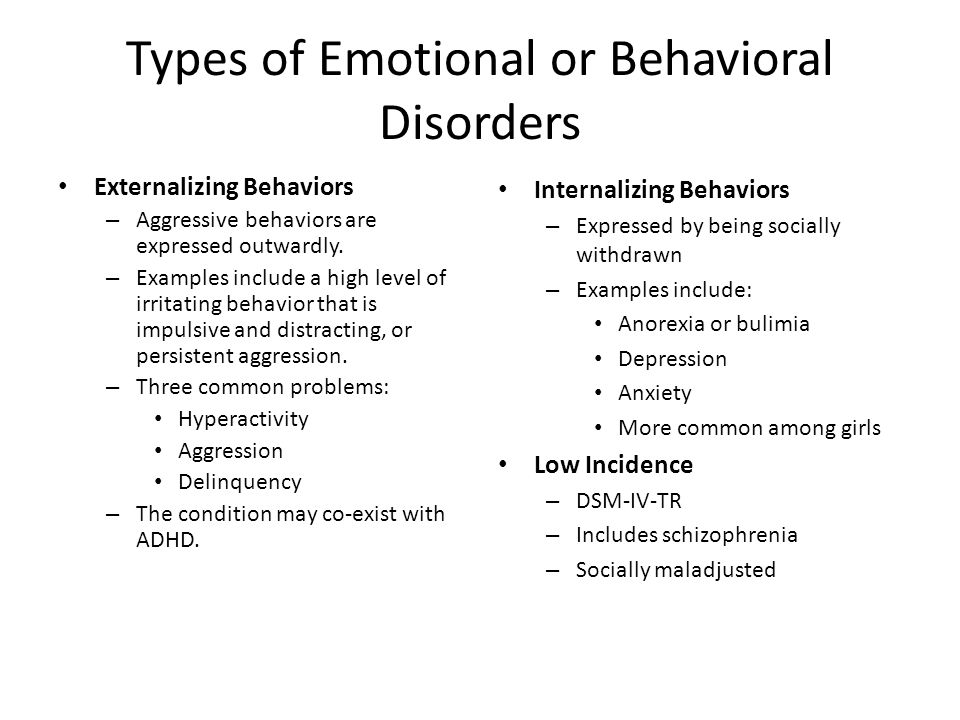 5 per cent Indians suffer from major or minor mental disorders that require intervention of an expert and an Indian Council of Medical Research reported that 12 per cent children between the ages 4 to 16 suffered from psychiatric disorders in India.
5 per cent Indians suffer from major or minor mental disorders that require intervention of an expert and an Indian Council of Medical Research reported that 12 per cent children between the ages 4 to 16 suffered from psychiatric disorders in India.
This fast-paced life is damaging the mental health of adults and children alike. Life has become a rat race for children who are constantly battling and competing in their academic and personal life. Studies have suggested that the children suffering from significant mental health problems have affected social and physical functioning.
advertisement
Children differ from adults and they experience many physical, mental and emotional changes as they grow. In this process of learning how to cope, adapt and relate to the world around them, children mature at their own pace. Each child has a different pace of growth and what is normal for one may be abnormal for the other. And therefore, any diagnosis of mental disorders considers how well a child functions at home, within the family, at school and with peers, as well as the age and the symptoms of the child.
Childhood psychiatric cases more serious in middle and low income countries
The continued issue of childhood psychiatric cases is more serious in middle and low income countries because such countries have a much larger proportion of child to adult population. It is also prevalent because there is a lack of infrastructure and resources to deal with the problems. Moreover, a wider population of people consider mental illnesses a social stigma or taboo since it is difficult for them to understand and prefer hiding them from society. This causes children to get inadequate or no treatment at all.
Here is a list of 9 mental disorders among children that need immediate medical attention:
1. Neurodevelopment disorders
- The neurodevelopmental disorders are a group of conditions which typically begin early in the developmental period, often before the child enters elementary school
- Such disorders are characterised by developmental deficits that cause impairment of personal, social, academic or occupational functioning
- Attention-deficit/hyperactivity disorder (ADHD), autism, learning disabilities, intellectual disability (also known as mental retardation), conduct disorders, cerebral palsy, and impairments in vision and hearing are some of the examples of neurodevelopmental disorders
- Children suffering from these disorders tend to be impulsive, have difficulty concentrating, are unable to follow directions and are easily bored and/or frustrated
2.
 Anxiety disorders:
Anxiety disorders:- Children with anxiety disorders respond to certain changes or situations with fear and dread, as well as with physical signs of anxiety and nervousness, such as rapid heartbeat and sweating
- Obsessive Compulsive Disorder (OCD), social anxiety, Post Traumatic Stress Disorder (PTSD) and selective mutism are some of the examples of anxiety disorders
3. Disruptive behaviour disorders:
- Children with these disorders tend to defy rules and often are disruptive in structured environments such as schools and colleges
4. Pervasive development disorders:
- Kids with these disorders have a tendency to resist principles and frequently are problematic in organized conditions, for example, in schools and universities
5. Eating disorders:
- Eating disorders involve intense emotions and attitudes, as well as unusual behaviors related to weight and/or food
- Atypical anorexia nervosa, Bulimia nervosa, Binge-eating disorder, Purging disorder, and Night eating syndrome are some examples of eating disorders
6.
 Elimination disorders:
Elimination disorders: - Disorders that affect behavior related to using the bathroom
- Enuresis, or bed-wetting, is the most common of the elimination disorders
7. Learning and communication disorders:
- Children with learning and communication disorders have problems in storing and processing information, as well as with relating their thoughts and ideas
8. Affective disorders:
- These disorders involve persistent feelings of sadness and/or rapidly changing moods, and include depression and bipolar disorder
- A more recent diagnosis is called disruptive mood dysregulation disorder, a childhood and adolescent condition involving chronic or persistent irritability and frequent angry outbursts
9. Tic disorders:
- These disorders cause a person to perform repeated, sudden, involuntary (not done on purpose), and often meaningless movements and sounds, called tics
- Examples of basic motor tics include eye blinking, facial grimacing, shoulder shrugging, neck stretching, mouth movements, jaw clenching and spitting
- Simple vocal tics consist of sounds that do not form words, such as clearing throat, grunting, coughing, and sniffing.

Interested in General Knowledge and Current Affairs? Click here to stay informed and know what is happening around the world with our G.K. and Current Affairs section.
Edited By:
AtMigration
Published On:
Apr 18, 2017
What mental illnesses are inherited - Atlant, medical center
Are mental illnesses hereditary? This question worries many parents. After all, it is very scary to “reward” your child with a mental disorder.
How mental illness is transmitted
The fact that mental illness can be inherited has been noticed for a long time. Today, geneticists confirm: indeed, mental disorders are more likely to appear in a child in a family where a relative suffered from a similar illness. And the reason for this are violations in the structure of genes. nine0003
There is such a thing as the coefficient of hereditary risk. The higher this coefficient, the higher the likelihood that the child will inherit the disease of relatives.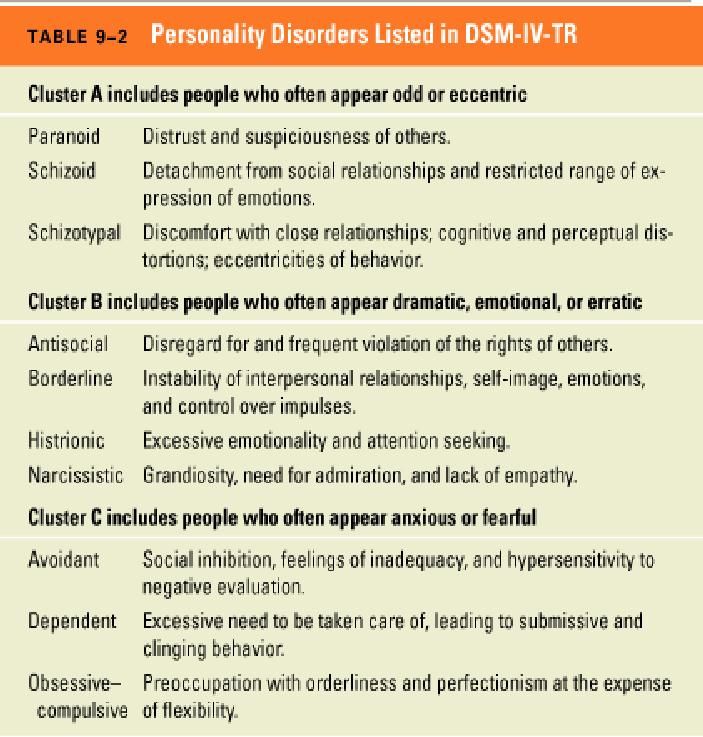
Only some mental illnesses are directly related to breakdowns in the genes, for example, Huntington's chorea, the hereditary risk coefficient of which is 5000. For comparison, for such a mental illness as schizophrenia, it is 9.
How does the degree of relationship affect hereditary diseases? nine0005
The risk of developing a mental illness depends on the degree of relationship with a sick family member and on the number of sick relatives.
The highest probability of transmission of the disease in identical twins, followed by 1st degree relationship (parents, children, brothers, sisters). In 2nd degree relatives, the risk is significantly reduced
So, with schizophrenia, which is present in the mother and father, the probability of its occurrence in children is 46%, if one parent is sick - about 13%, if the grandfather or grandmother is sick - 5%. nine0003
Which mental illnesses are most often inherited
1. Disorders of the mental development of children
- Attention deficit hyperactivity disorder (ADHD) is manifested by impulsivity, difficulty concentrating, increased motor activity.
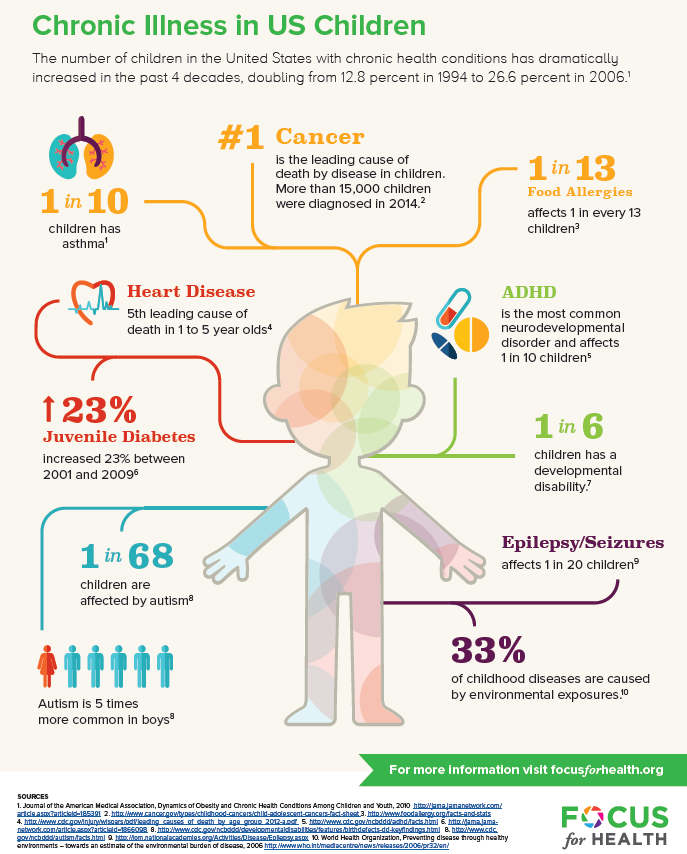 Often this disorder is combined with depression, behavioral disorders.
Often this disorder is combined with depression, behavioral disorders. - Dyslexia - the inability to read, compare what is written with speech in some cases is hereditary. nine0026
- Autism is a severe mental disorder, expressed in violation of social adaptation. An autistic child is closed, he does not want to communicate with the outside world, he exists in his personal space. He does not tolerate any change, he has his own rituals, which he strictly observes. He constantly repeats stereotypical movements (rocking, bouncing) or the same phrases.
Autism is usually diagnosed in the first three years of a child's life. nine0003
It is believed that the role of heredity in the occurrence of this disease is great.
2. Schizophrenia
This is a mental illness, which is characterized by disturbances in thinking, perception of the world, inappropriate behavior and an abnormal reaction to stimuli. The disease may be accompanied by agitation, delusions, hallucinations.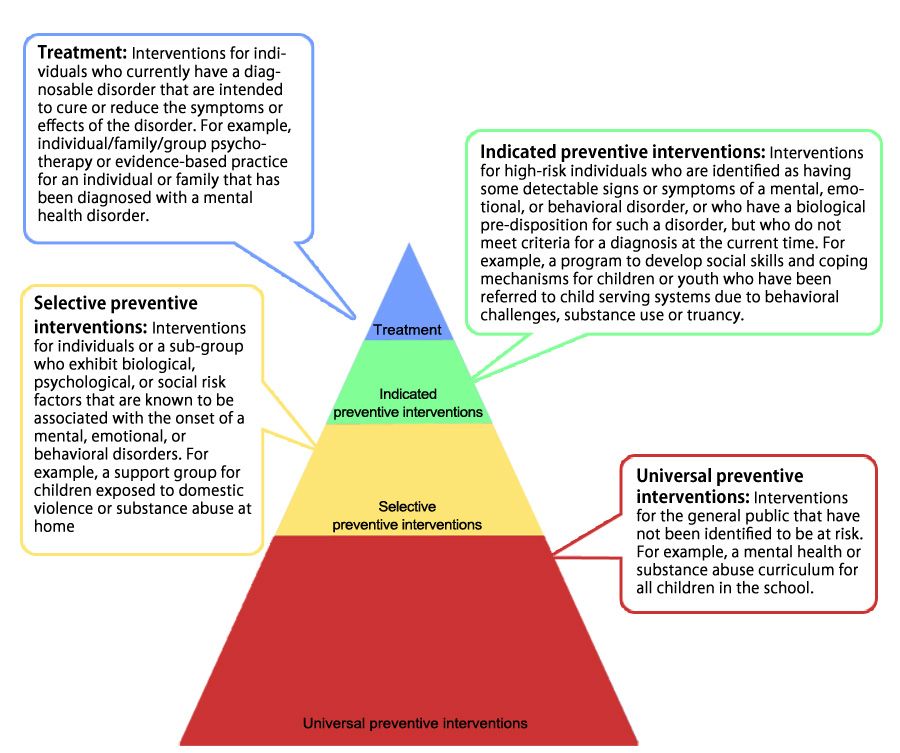 Patients are prone to depression and suicidal.
Patients are prone to depression and suicidal.
As a rule, the onset of the disease falls on the age of 20-22 to 30 years. nine0003
Heredity plays a significant role in the occurrence of this disease, but other factors are no less important: complications during gestation, difficult childbirth in the mother, infections, difficult psycho-emotional situations, and even birth in winter.
3. Affective bipolar disorder
Otherwise, this mental illness is called manic-depressive psychosis. It proceeds with an alternation of phases: depression and excitement, sometimes with aggression. There may be gaps between these phases. nine0003
4. Alzheimer's disease
This disease develops after the age of 65 and is expressed first in forgetfulness, difficulty concentrating. Then there is confusion, loss of orientation in space. Irritability, unmotivated aggression appear, speech is disturbed. Dementia develops.
Rarely enough, the disease begins earlier, and here the hereditary factor, the pathological gene, plays a significant role. nine0003
nine0003
Other hereditary mental illnesses:
- epilepsy;
- psychopathy;
- alcohol dependence;
- dementia;
- Down syndrome;
- Huntington's chorea;
- "cat cry" syndrome;
- Klinefelter's syndrome.
All of these mental illnesses can be inherited. At the same time, they can appear in a family where no one has suffered from such disorders. True, the risk of disease in this case is less, but it exists. So, you can get schizophrenia in a completely “healthy” family with a probability of 1%. nine0003
If there is a risk
Many people are afraid of passing on hereditary diseases to their children (even if distant relatives suffered from them), especially mental disorders, and therefore prefer not to have a child. Is such an approach correct?
A hereditary disease does not mean at all that a child will definitely have it. Yes, there is such a risk, but it is also present in children from "hereditarily safe" families. Moreover, the chance of passing on a hereditary disease can be very low. It all depends on what kind of genetic disease exists in the family history, which of the relatives had a pathology, how severe the deviation was, and many other factors. nine0003
Moreover, the chance of passing on a hereditary disease can be very low. It all depends on what kind of genetic disease exists in the family history, which of the relatives had a pathology, how severe the deviation was, and many other factors. nine0003
You can understand how big the risk is after passing a medical genetic examination. Therefore, in case of doubts and fears of “bad heredity”, the most correct approach would be to contact a geneticist.
Mental disorders in children and adolescents require urgent attention - WHO and UNICEF
Health
About 20 percent of adolescents globally suffer from depression, anxiety and other mental disorders. Suicide is the second leading cause of death for adolescents aged 15 to 19years. The World Health Organization (WHO) and the United Nations Children's Fund (UNICEF) decided to involve the world's leading experts in solving this problem.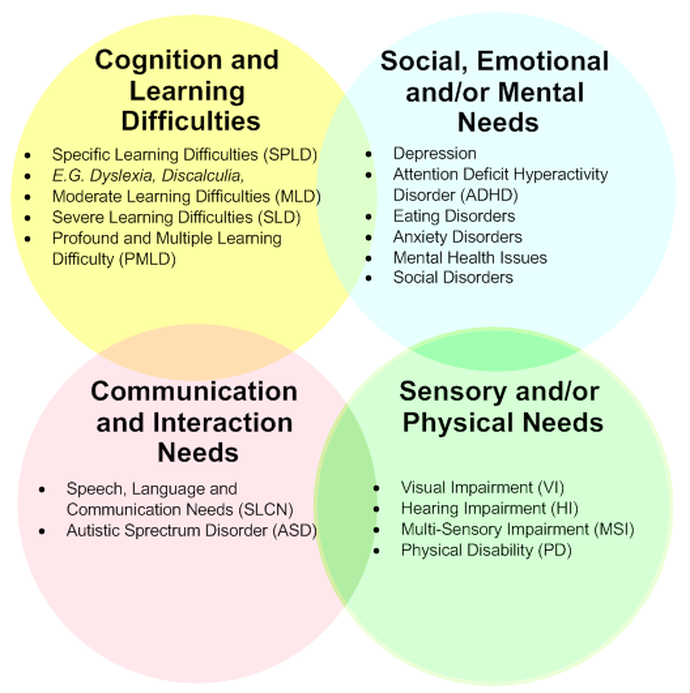
Reportedly, extremely high levels of psychological problems in children and adolescents are found in all regions of the world, in rich and poor countries alike.
“This looming crisis knows no bounds,” says Henrietta Fore, head of the Children's Fund (UNICEF). “Most mental disorders in children occur before the age of 14, so we urgently need to develop innovative strategies to prevent, detect, and, if necessary, treat such disorders in children at an early age.” nine0003
Here are just some of the numbers:
- Globally, 20 per cent of children and adolescents suffer from mental disorders; - Suicide is the second cause of death for adolescents aged 15-19 after road traffic accidents, and the first in poor countries; - About 15 percent of adolescents in middle- and low-income countries have thought about suicide at some point in their lives; - In the European Region, 4,000 adolescents aged 10 to 19 committed suicide in 2015
Ignoring the mental health of children and adolescents not only results in personal tragedies, but also costs society dearly - in every sense.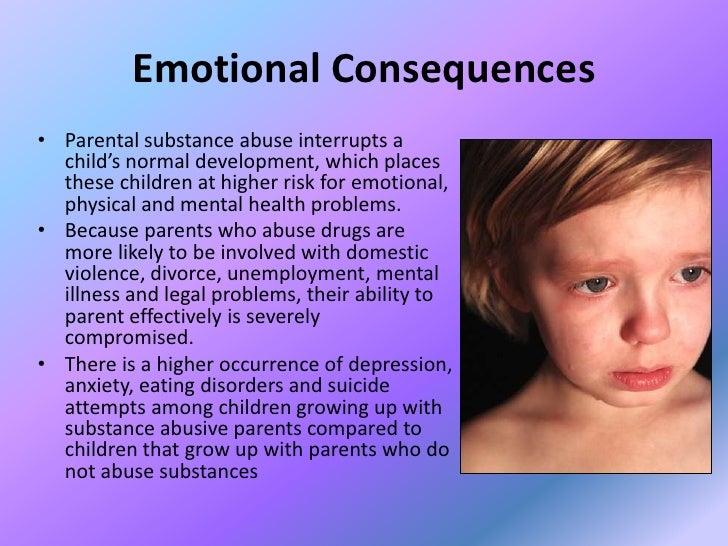 However, this problem is often not taken into account in national and international health programs. nine0003
However, this problem is often not taken into account in national and international health programs. nine0003
“Very few children have the opportunity to learn to manage their emotions and only a small number of those with mental disorders can get the help they need,” says WHO Director-General Tedros Ghebreyesus. “That needs to change.”
To this end, WHO and UNICEF are convening this week the first international conference on child and adolescent mental health. On November 7, Florence will bring together leading scientists, philanthropists, representatives of governments, business and civil society, including young people themselves. nine0091
Participants will analyze new scientific evidence, in particular in the field of how the brain works, from the first days of a child's life to late adolescence. They will study the situation, taking into account age and geographical aspects, possible causes and aggravating factors. But the main goal is to bring the problem of children's mental health to the fore and mobilize resources to solve it.